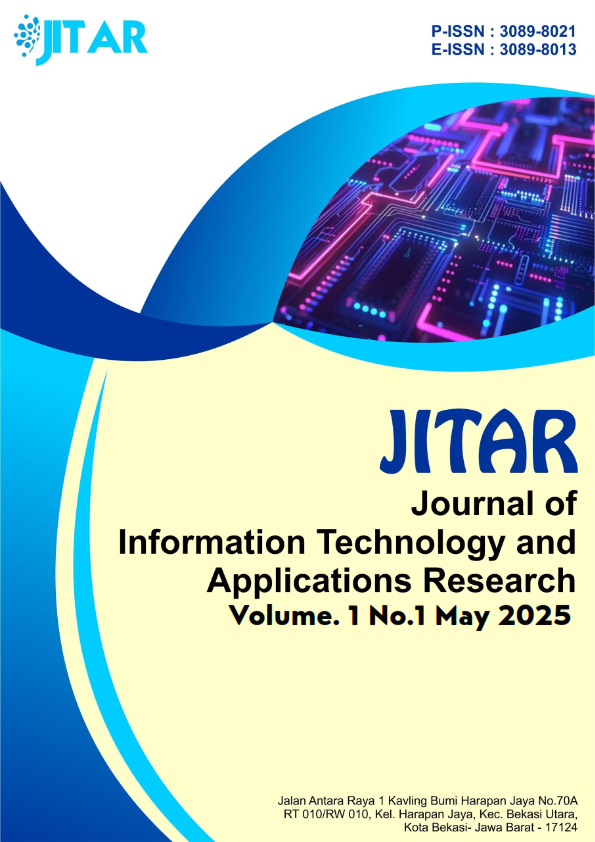Principal Elementary School Teachers’ Perception of the Independent Curriculum: Readiness and Administrative Burden
DOI:
https://doi.org/10.63956/jitar.v1i1.24Keywords:
Merdeka Curriculum, teacher perceptions, administrative burden, SD Negeri 13/1 Muara BulianAbstract
This study explores the perceptions of teachers at State Elementary School 13/1 Muara Bulian regarding the implementation of the Merdeka Curriculum, focusing on two main aspects: its appealing features and the administrative challenges encountered. The Merdeka Curriculum is designed to offer more flexible learning, emphasize differentiated instruction, and strengthen student character through contextual projects based on the Profile of Pancasila Students. However, in practice, teachers face considerable administrative burdens, such as preparing teaching modules, reporting formative assessments, and managing the Pancasila Student Profile Reinforcement Projects (P5). Using a descriptive qualitative approach, data were collected through interviews and observations involving directly engaged teachers. The findings show that while teachers appreciate the pedagogical freedom provided by the curriculum, they also express concerns over the increasing administrative demands, which are often unsupported by adequate training and resources. Therefore, practical measures are needed to offer professional assistance and streamline administrative tasks so that the Merdeka Curriculum can be implemented more effectively without overburdening educators.
Downloads
Published
How to Cite
Issue
Section
License
Copyright (c) 2025 Sukatin Sukatin, Siti Munawaro, Oryza Syavita, Putri Maisi Sagita, Hilda Rahman

This work is licensed under a Creative Commons Attribution-ShareAlike 4.0 International License.



